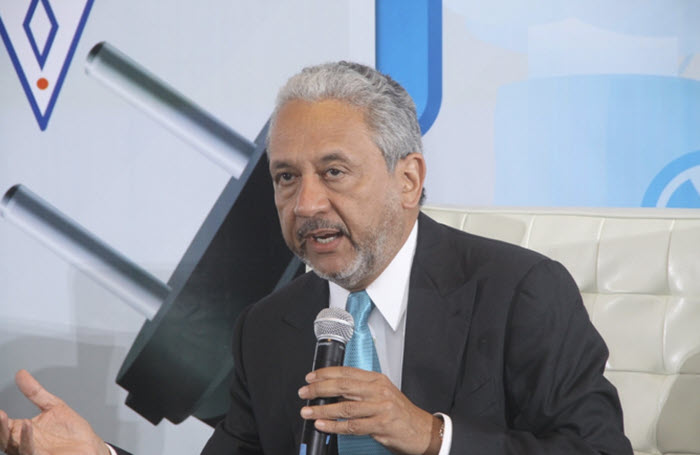“We are beginning to feel the impact of the [pandemic] situation on traffic,” Vásquez.
In April, 1,022 vessels transited the waterway, 169 less than expected and in May the number of ships passing through the Canal fell to 925. In January 2020, there were 1,283 transits; in February, 1,226 and in March, 1,210.
The market segments most affected was that of cruise passengers with 45 fewer cruises compared to 2019. Other affected segments were of vehicle carriers and also gas transportation due to the fall in prices and demand.
“I do not believe that the fundamental economic conditions that existed have changed, but that the pandemic has accelerated the adjustments that had to be made in the area of trade,” said Vásquez.
He explained that it is important for the Panama Canal to try to meet the budget goal. “We have done exercises that can give up to $700m less but everything will depend on how the traffic behaves.”
Panama, the entire country, the private sector and the government, have to face the new reality in order to reinvent themselves, said Vasquez, adding that the Canal will also have to reinvent itself in the way it serves customers and does business.
One of the ways to help the [Panamanian] economy is the development of a $2bn investment plan to find new water sources for local human consumption and Canal operations, which will become the second most important work during the Panamanian administration, after the $5bn Canal expansion, inaugurated in 2016.
He added that efforts are being made to accelerate the investment programme that has local content, because this will ensure that the workforce continues to generate added value for the Canal and the country.
Since the beginning of the pandemic, Vásquez said that they are working with 6,400 people on the route, and other staff are teleworking. “Shifts have been changed and we have made rotations longer to reduce the risk to Canal personnel.”
A series of modifications will be made to place physical barriers and seek physical distance in the Canal areas. Additionally, in June, the waterway will begin to operate with a new protocol of the new normality and all contracts of workers and suppliers will be respected.
Stay Safe!!
